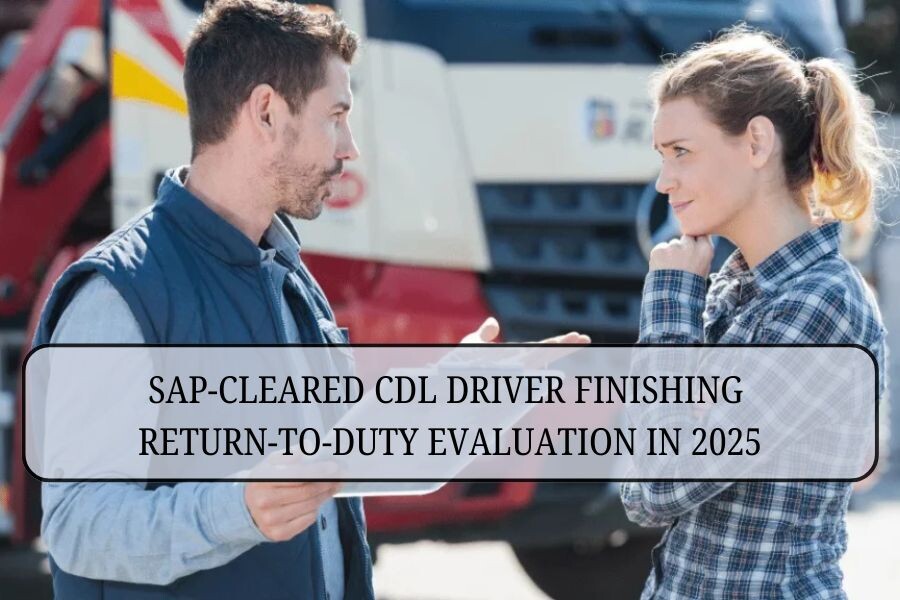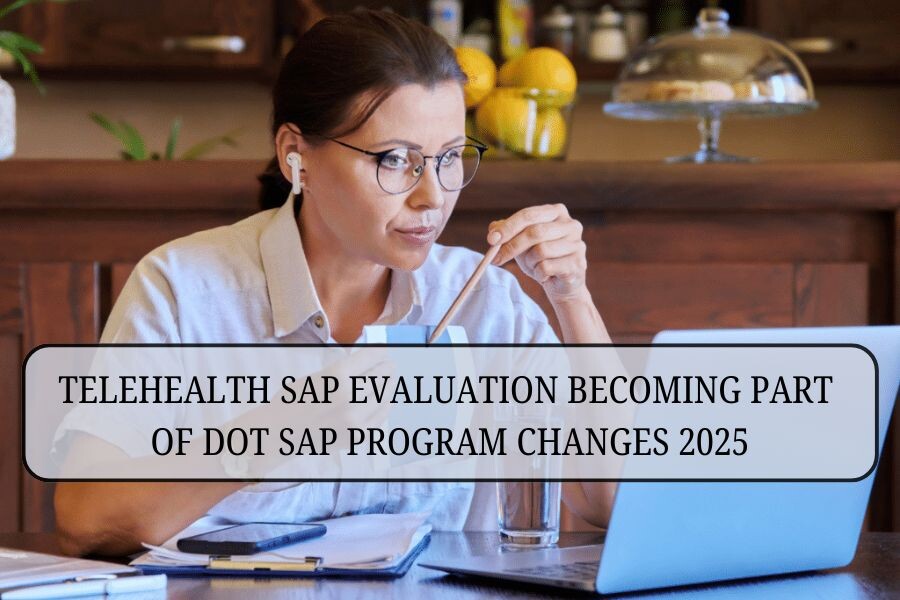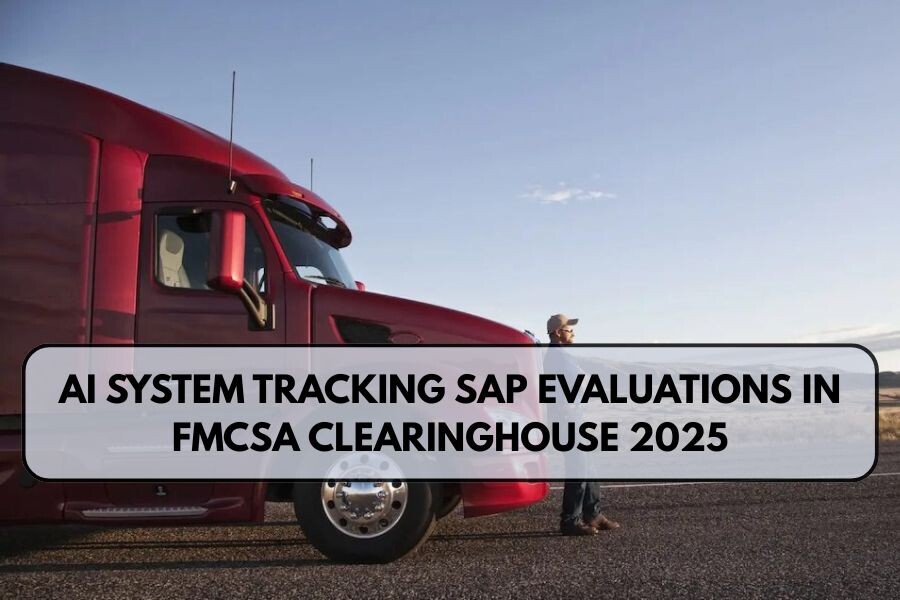What If a Driver Skips the SAP Program?
If you’re a CDL driver who’s failed a drug or alcohol test—or an employer trying to figure out what to do next—you may be wondering:
Is it illegal to drive commercially without completing SAP requirements?
In short: Yes.
According to the FMCSA and DOT, once a driver is in “prohibited status” due to a drug/alcohol violation, they are legally disqualified from performing safety-sensitive functions—including operating commercial motor vehicles (CMVs)—until they complete the Substance Abuse Professional (SAP) process and Return-to-Duty (RTD) testing.
Here’s what the law says, what the risks are, and how to protect your license or business in 2025.
What the Law Says: DOT & FMCSA Regulations
Under 49 CFR Part 40, any CDL holder who:
Tests positive on a DOT drug or alcohol test
Refuses a DOT test
Is found using substances on duty
Must immediately stop performing safety-sensitive duties, including:
Driving commercial trucks
Operating hazardous material transports
Performing vehicle inspections or repairs under CDL authority
Driving without completing the SAP process is a federal violation and may result in:
Further disqualification of CDL privileges
Employer DOT violations
Civil penalties or FMCSA enforcement actions
What Happens If You Drive While in Prohibited Status?
If you’re in the FMCSA Clearinghouse with a “prohibited” status and you continue to drive, the consequences include:
CDL Suspension or Revocation
Hefty fines (both for driver and employer)
DOT audit flags
Legal disqualification from future CDL jobs
For employers:
Allowing a driver in prohibited status to operate CMVs may result in:
Out-of-service orders
Employer civil penalties
Loss of safety rating or authority
How Does the FMCSA Know?
Thanks to the FMCSA Drug & Alcohol Clearinghouse, all violations are now digitally tracked. The Clearinghouse alerts:
Employers
Enforcement officers
Third-party administrators
State licensing agencies
Any attempt to drive or hire a driver without SAP compliance is visible instantly through a simple query.
When Are You Allowed to Resume Driving?
You are legally permitted to resume commercial driving only after:
Completing a SAP evaluation
Finishing your SAP-recommended treatment or education plan
Passing a DOT Return-to-Duty (RTD) drug or alcohol test
Being released for duty by the SAP in the Clearinghouse
Undergoing follow-up testing as assigned
Why Skipping SAP Is a Bad Strategy (Even Temporarily)
Some drivers think they can “wait it out” or work under the radar. In 2025, this is nearly impossible due to:
Real-time Clearinghouse reporting
State CDL agencies enforcing disqualifications
Random audits and roadside inspections
Failure to comply not only affects your current license but also jeopardizes future employment, insurance approvals, and reinstatement eligibility.
What to Do If You’ve Been Disqualified
If you’re currently prohibited from driving, take these steps:
Stop all driving duties immediately
Contact a DOT SAP Program like AACS Counseling
Schedule your initial SAP evaluation
Follow the SAP’s treatment plan
Complete your RTD testing
Get documented clearance in the FMCSA Clearinghouse
Employers: What Are Your Legal Obligations?
Immediately remove the driver from safety-sensitive functions
Provide a list of qualified SAPs (you don’t have to pay for it)
Report the violation to the FMCSA Clearinghouse within 3 business days
Run pre-employment and annual queries on all CDL drivers
Ensure that Return-to-Duty and follow-up testing is done before allowing the driver to operate
Failing to do any of the above puts your company at risk of:
DOT enforcement
Insurance liability
Loss of operating authority
Conclusion: Yes—It’s Illegal and Risky
So, is it illegal to drive commercially without completing SAP requirements?
Absolutely. Until the full Return-to-Duty process is completed, the law considers the driver prohibited from performing any safety-sensitive duties.
Whether you’re a driver trying to return or an employer managing compliance—do not skip the SAP process. It’s the only legal path forward.









